Stephen Finlay Archer
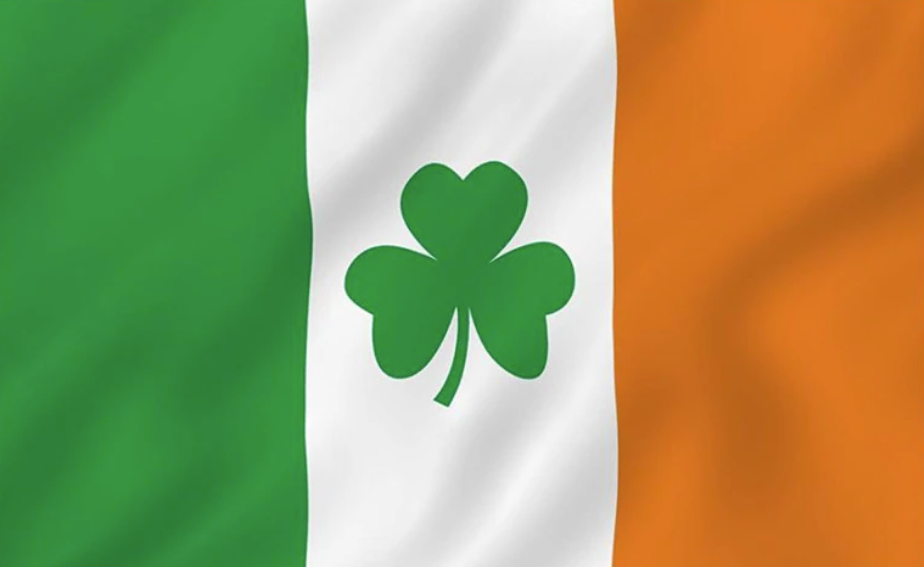
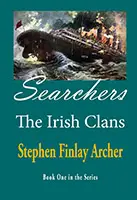



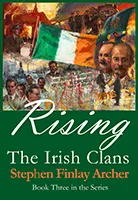

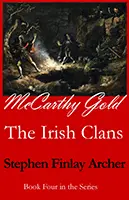

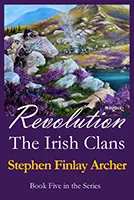

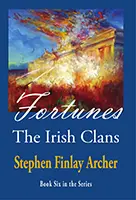

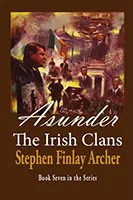

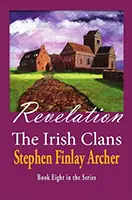

Irish New Year Traditions – Irish to the Core Weekly Blog 28
In my week 26 blog about mummers I mentioned the fact that Samhain was celebrated at the end of the harvest on October 31st in the Celtic pagan calendar where the theme was life and rebirth. Some Irish scholars e.g. John Rhys and James Frazer believed this was the beginning of the Celtic new year. The Celtic day started and ended at sunset so Samhain occurred on Oct 31st and November 1.
Interestingly, some Neolithic passage tombs, notably the Mound of the Hostages on the sacred Hill of Tara which predate the Celtic era are aligned for the sun to penetrate the passage tomb to illuminate their back walls at sunrise on November 1. It is believed that this signified rebirth for the new year.
This was also believed to be a time when the ancient burial mounds, or portals to the Otherworld where the souls of the dead gathered, were opened. Much of the Celtic mythology centers around this festival.
I also mentioned that these festivities which included mummers and guisers evolved to the present Halloween once Christianity became the prevalent religion in Ireland.
Do you know why January 1 became the start of the new year? It was because Numa Pompilius the Roman King in about 700 BCE added January to the previously erroneous 10-month yearly lunar-based calendar. Janus was the two-faced God of all beginnings who could simultaneously look back into the past and forward into the future. His statuary is prevalent in Roman doorways. Then it was Julius Caesar, Roman emperor who introduced the Julian calendar in 45 BCE that started the year on January 1st. This, of course is in the pre-Christian era.
I find it fascinating that both civilizations at different epochs of time and points in the solar year had devised quite different passageways – doorways from the old year to the new.
As the popular Irish Calling website points out, in Christian times, the Irish developed unique traditions centered around the new year starting on January 1st. These were designed to bring good luck and banish misfortune in the year ahead.
Believing that cleanliness was next to Godliness, the Irish families cleaned their homes until they were spick-and-span just before New Year’s Eve. They hoped that would allow them to make a fresh start.
Many singletons would place a sprig of mistletoe under their pillows on New Year’s Eve, hoping that they would dream of an elusive love who would come to fruition in the new year. Sometimes holly would be substituted with a somewhat prickly outcome.
One tradition involved banging the walls of the house with a loaf of bread to ward off bad luck and evil spirits, and to ensure there would be bread (food) for the new year.
This was also a time to remember family members who had passed away, which might connect with the opening of portals to the Otherworld from Celtic times. They would set an empty place at the dinner table on New Year’s Eve and would leave the front door unlatched to facilitate the return of family spirits.
They placed great importance on who entered their door first in the new year. A dark, handsome man meant good luck, whereas a woman, particularly a young, red-haired one meant bad luck. So they staged the event to favor a fine new year.
They were careful to have visitors enter their home through the front door on New Years Eve and leave through the back door if one existed because that also signified good luck through this orderly process.
Perhaps it’s coincidence, yet these traditions regarding doorways brings to mind Janus and the entrance passages of the Neolithic and then Celtic tombs.
Whatever your New Year’s Eve traditions and resolutions, I wish you health, happiness, and prosperity. As the Irish say, may the westerly wind greet you on New Year’s morning. Apparently that’s also an Irish belief heralding good luck in the new year.
Check out Revolution , now available at Amazon along with my other four novels in The Irish Clans series at my Amazon author page at https://amzn.to/3gQNbWi.


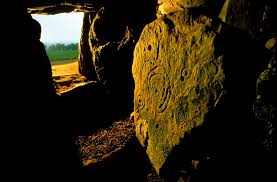
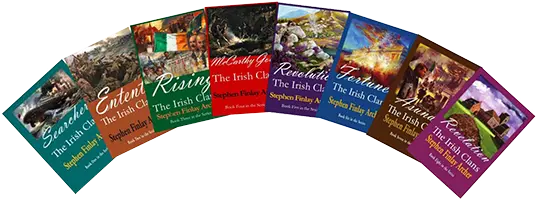
0 Comments